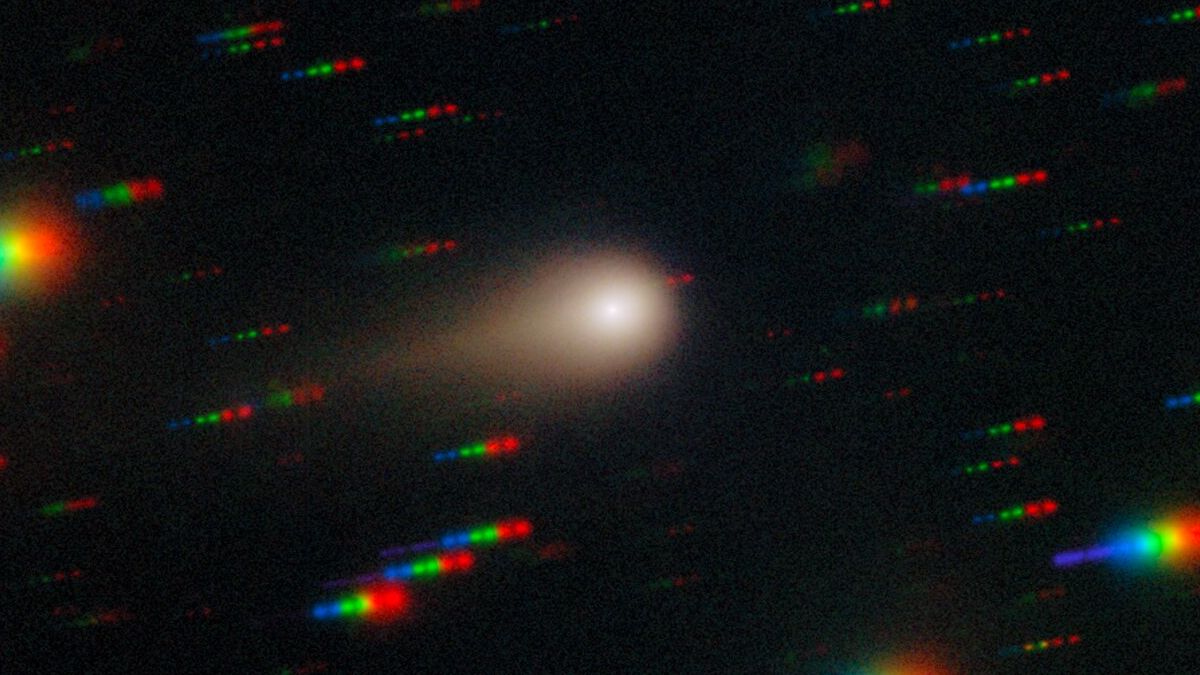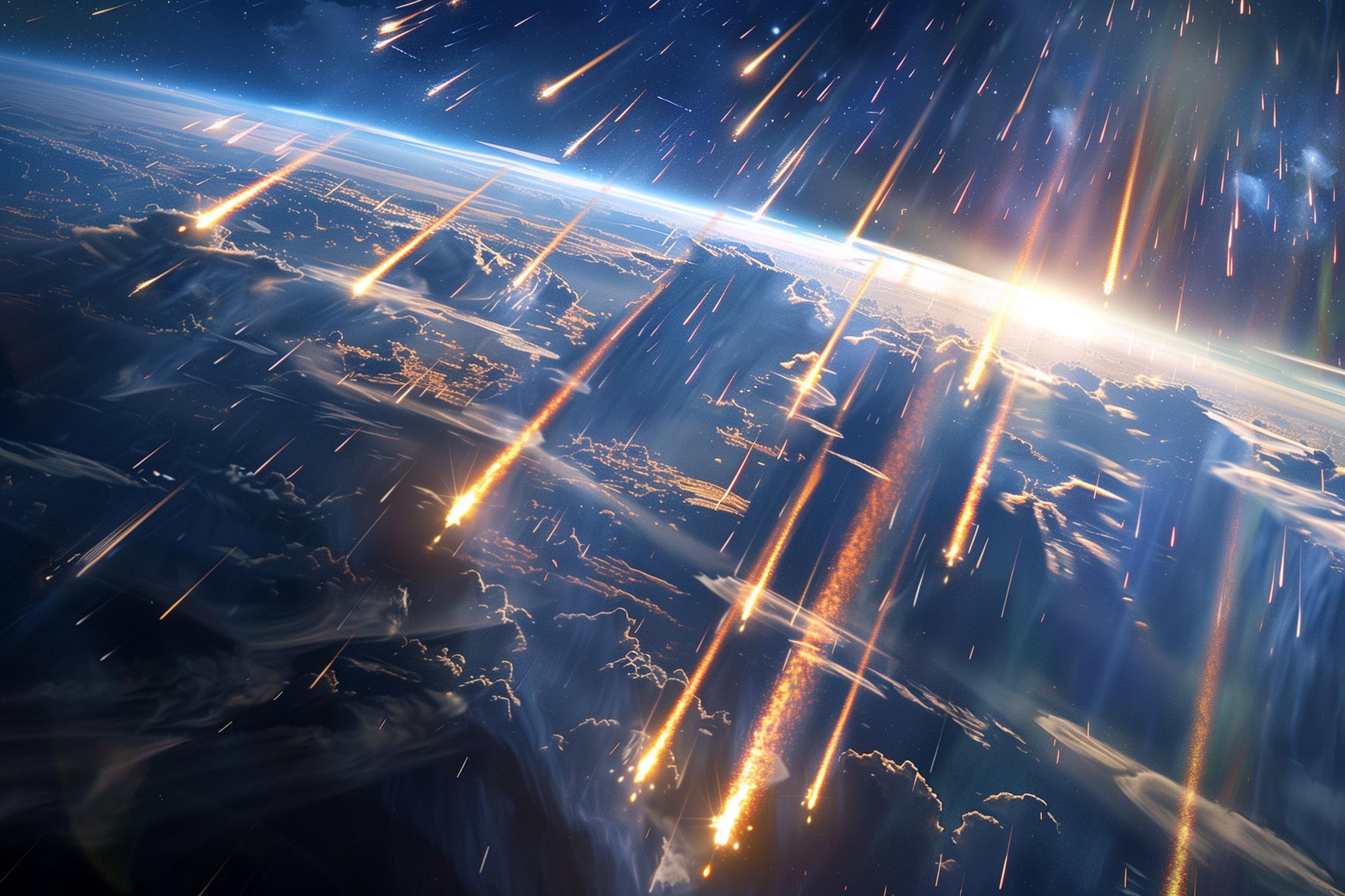

Cosmic rays or astro-particles are high-energy particles or clusters of particles (primarily represented by protons or atomic nuclei) that move through space at nearly the speed of light. They originate from the Sun, from outside of the Solar System in the Milky Way, and from distant galaxies.
Upon impact with Earth's atmosphere, cosmic rays produce showers of secondary particles, some of which reach the surface, although the bulk are deflected off into space by the magnetosphere or the heliosphere.
Cosmic rays were discovered by Victor Hess in 1912 in balloon experiments, for which he was awarded the 1936 Nobel Prize in Physics.
Direct measurement of cosmic rays, especially at lower energies, has been possible since the launch of the first satellites in the late 1950s. Particle detectors similar to those used in nuclear and high-energy physics are used on satellites and space probes for research into cosmic rays.
Data from the Fermi Space Telescope (2013) have been interpreted as evidence that a significant fraction of primary cosmic rays originate from the supernova explosions of stars. Based on observations of neutrinos and gamma rays from blazar TXS 0506+056 in 2018, active galactic nuclei also appear to produce cosmic rays. Read more ...
Recent news on cosmic rays includes breakthroughs in understanding their origins, potential roles in astrobiology, and how they are being studied through new experiments and data analysis. Scientists are identifying sources of high-energy particles, with new research pointing to extreme environments like black holes and supernovae.
Meanwhile, simulations suggest cosmic rays could enable life on icy moons by creating energy through radiolysis, and studies of the interstellar comet 3I/ATLAS show its surface has been altered by cosmic rays over time.

After Over 100 Years, Scientists Are Finally Closing In on the Origins of Cosmic Rays

Researchers are uncovering the origins of cosmic rays, linking them to mysterious cosmic accelerators called PeVatrons. Cosmic rays are high-energy particles that travel at nearly the speed of light. They originate from locations both within the Milky Way and beyond, yet their exact sources have remained unknown since their discovery in 1912.
Shuo Zhang, an assistant professor of physics and astronomy at MSU, and her research team led two recent studies offering new insights into where these particles may have formed. The findings were presented at the 246th meeting of the American Astronomical Society in Anchorage, Alaska.
These energetic particles are believed to come from some of the universe's most extreme environments, including black holes, supernova remnants, and regions where stars are born. Such astrophysical events also generate neutrinos, which are tiny, nearly massless particles found throughout the cosmos and even here on Earth.